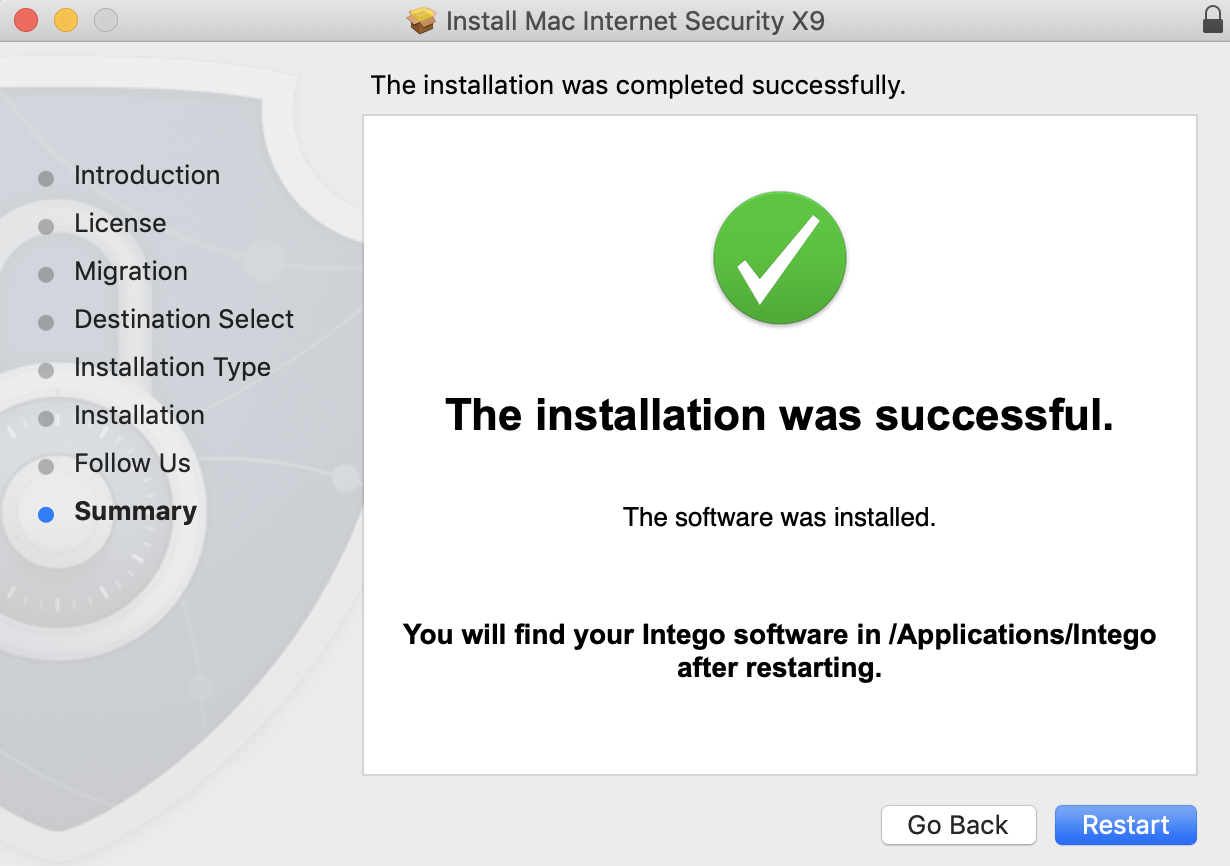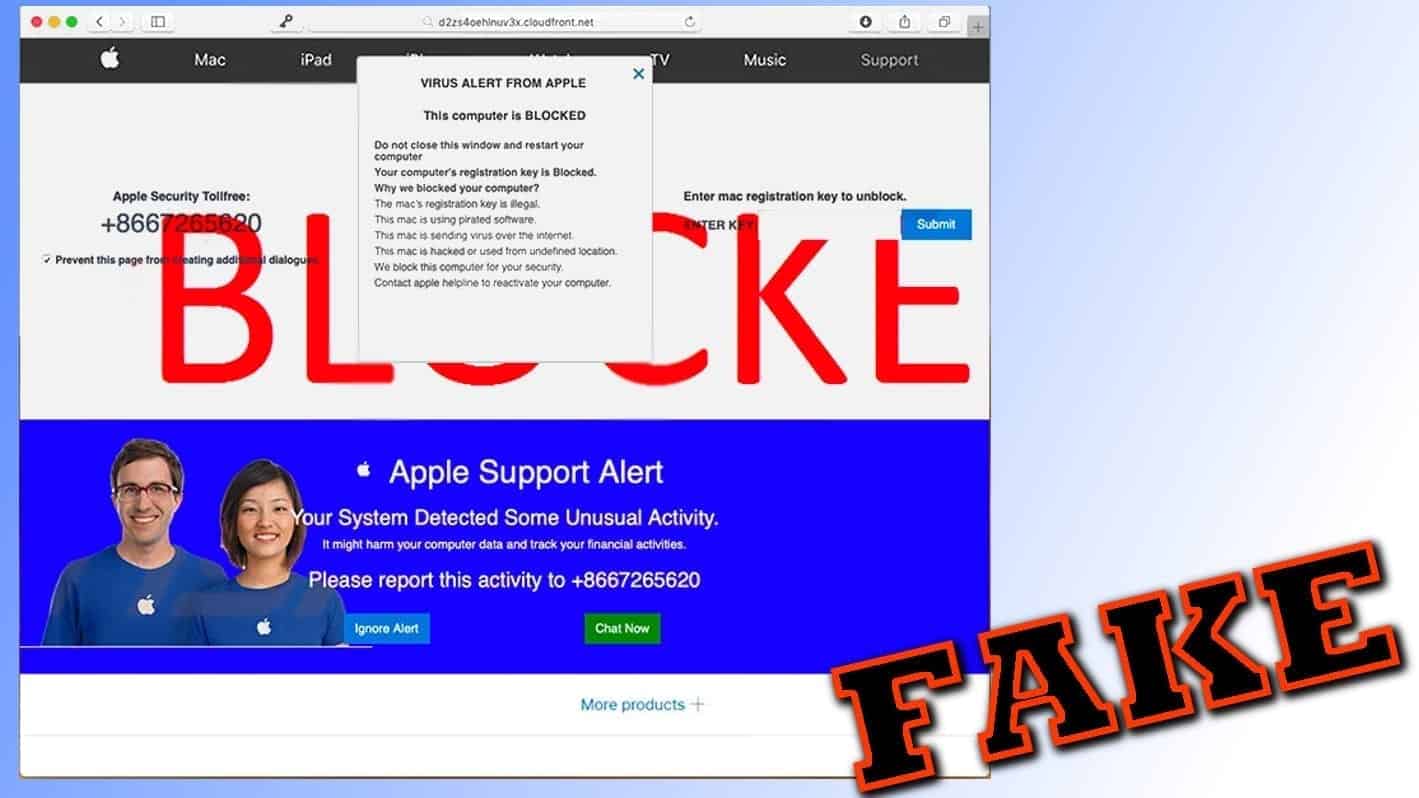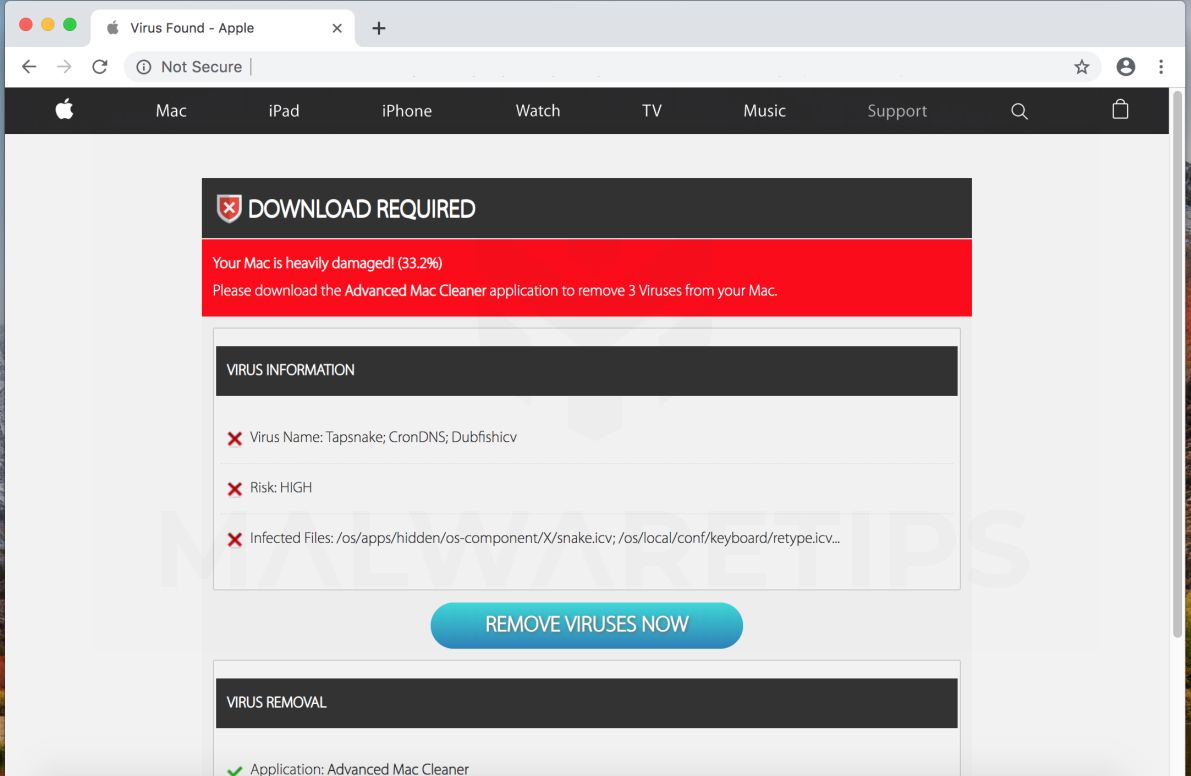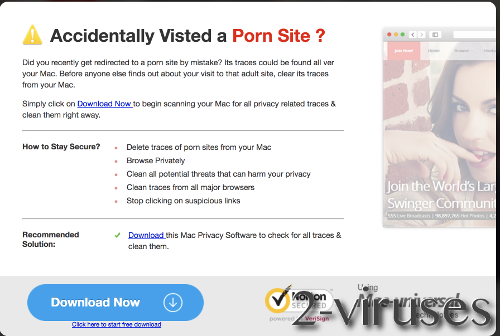
- #Stop recommended popup mac adware cleaner movie
- #Stop recommended popup mac adware cleaner install
- #Stop recommended popup mac adware cleaner update
- #Stop recommended popup mac adware cleaner windows
In my tests, I didn't try to verify what this feature really does. IMPORTANT: "MacKeeper" has what the developer calls an “encryption” feature. If you have incompletely removed MacKeeper-for example, by dragging the application to the Trash and immediately emptying-then you'll have to reinstall it and start over. I can't be sure that they apply to other versions. Note: These instructions apply to the version of the product that I downloaded and tested in early 2012. "MacKeeper" is a scam with only one useful feature: it deletes itself.
#Stop recommended popup mac adware cleaner install
Install system data files and security updates (OS X 10.10 or later)ĭownload updates automatically (OS X 10.9 or earlier)
#Stop recommended popup mac adware cleaner update
Then, still in System Preferences, open the App Store or Software Update pane and check the box marked After that, don't ignore a warning that you are about to run or install an application from an unknown developer. If it is, click the lock icon to unlock the settings, then select one of the other buttons. The radio button marked Anywhere should not be selected. In the Security & Privacy pane of System Preferences, select the General tab. Never install any software that you downloaded from a bittorrent, or that was downloaded by someone else from an unknown source. If you, or anyone else who uses the computer, visit such sites and follow prompts to install software, you can expect more of the same, and worse, to follow. This trojan is often found on illegal websites that traffic in pirated content such as movies. If there is an item with that name in the Applications folder, delete it, and if you wish, replace it with the genuine article from.
#Stop recommended popup mac adware cleaner movie
The trouble may have started when you downloaded and ran an application called "MPlayerX." That's the name of a legitimate free movie player, but the name is also used fraudulently to distribute VSearch. If in doubt, or if you have no backups, change nothing at all. If you didn't find the files or you're not sure about the identification, post what you found. Drag it to the Trash and close the window.ĭon't delete the "Frameworks" folder or anything else inside it. This item always has the above name it doesn't vary. It's actually a folder, though it has a different icon than usual. Where something is the same string you saw before, drag that subfolder to the Trash and close the window.ĭon't delete the "Application Support" folder or anything else inside it.

You can stop here if you like, or you can remove two remaining components for the sake of completeness. The malware is now permanently inactivated, as long as you never reinstall it.
#Stop recommended popup mac adware cleaner windows
Close the Finder windows and restart the computer.ĭon't delete the "LaunchAgents " or " LaunchDaemons " folder or anything else inside either one. You may be prompted for your administrator login password. If you feel confident that you've identified the above files, back up all data, then drag just those three files-nothing else-to the Trash. Where the string something is the same as before. In this folder, there may be a file named If you find these files, leave the LaunchDaemons folder open, and open the following folder in the same way: Sometimes the string is "apple," and then you must be especially careful not to delete the wrong files, because many built-in OS X files have similar names. So far it has always been a string of letters without punctuation, such as "cloud," "dot," "highway," "submarine," or "trusteddownloads." Sometimes it's a meaningless string such as "e8dec5ae7fc75c28" rather than a word. Here something is a variable string of characters, which can be different in each case. Look inside it for two files with names of the form Press return.Ī folder named "LaunchDaemons" may open. You won't see what you pasted because a line break is included. Triple-click the line below on this page to select it, then copy the text to the Clipboard by pressing the key combination command-C:įrom the menu bar and paste into the box that opens by pressing command-V.

To remove it, you must first identify the naming pattern. The VSearch malware tries to hide itself by varying the names of the files it installs. Anyone finding this comment a few days or more after it was posted should look for a more recent discussion, or start a new one. This procedure works as of now, as far as I know. Malware is always changing to get around the defenses against it.

If you have trouble following those instructions, see below.

Follow Apple Support's instructions to remove it. You may have installed a variant of the "VSearch" ad-injection malware.


 0 kommentar(er)
0 kommentar(er)
